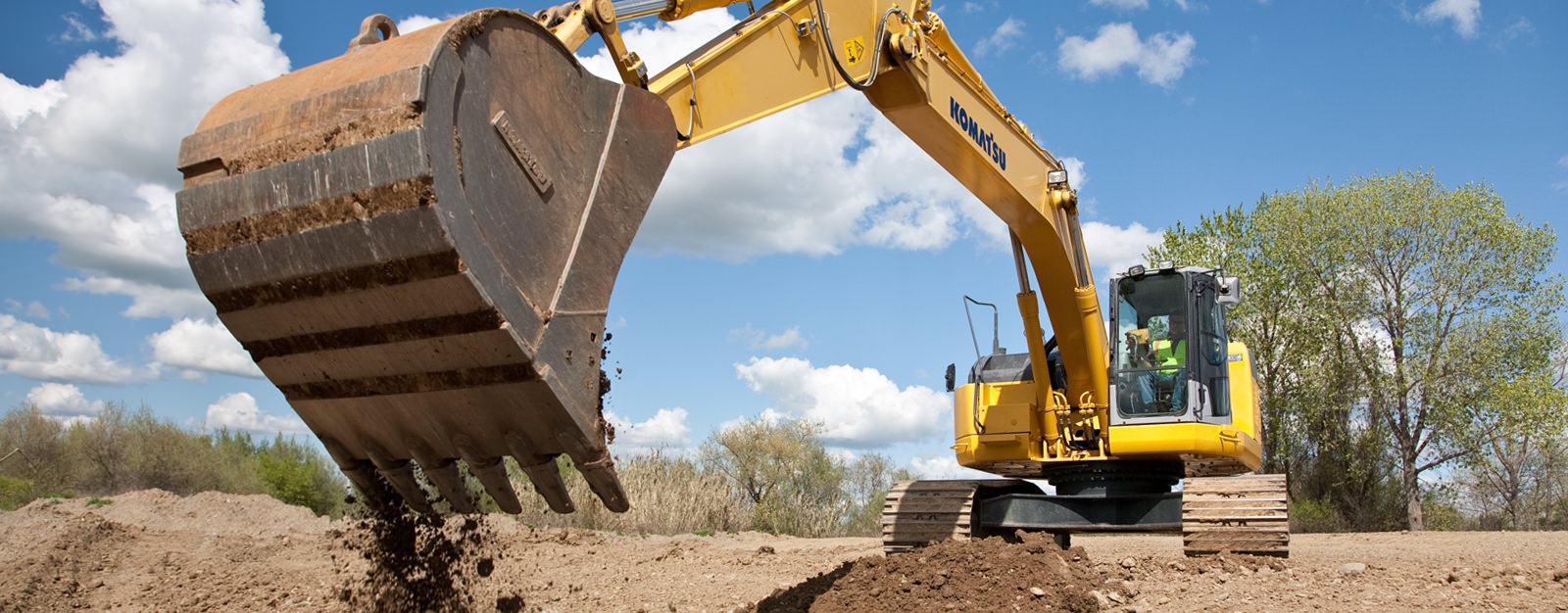Is your company undertaking a project to create tunnels in and around Sydney? Are you wondering what is the right way to go? There are different methods to create tunnels using processes such as rock excavation, using explosives etc. Every method has its pros and cons. Read ahead to find the correct method suited to your endeavour.

Cut and cover tunnelling
Cut and cover tunnelling is a common and well - established technique for shallow tunnel construction. The method can accommodate changes in tunnel width and non - uniform shapes and is often used in underground station construction.
In using this tunnelling method, several overlapping works are required. Three major integral parts of the tunnelling method are trench excavation, tunnel construction and soil coverage of excavated tunnels.
Drill and blast method
This method of tunnelling includes the use of explosives. Drilling rigs are used to drill blast holes at a designated blasting depth on the proposed tunnel surface. Explosives and timed detonators are then placed in the holes of the blast. Once blasts have taken place, waste rocks and soils are conveyed of the tunnel before the next round of blasts.
Most rock excavation for tunnels involves ground which is somewhere between extreme hard rock and soft ground conditions. Therefore, using this tunnelling method requires adequate structural support measures.
Compared to Tunnel Boring Machine's bored tunnelling, blasting usually results in higher vibration but for a shorter duration. A temporary magazine site is usually required to store explosives overnight.
Tunnel Boring Machines (TBM) bored tunnelling
Bored tunnelling is often used to excavate long tunnels using a Tunnel Boring Machine (TBM). An effective TMB method requires that suitable equipment is selected for different rock mass and geological conditions.
The TBM is suitable for excavating tunnels containing competent rocks capable of providing adequate geological stability. This too without any structural support for drilling long section tunnel. Extremely hard rock, however, can cause substantial wear of the TBM rock cutter and can slow the progress of tunnelling to the point where TBM becomes inefficient. This can increase the time required for the process.
Sequential Excavation Method
this method is also known as The New Austrian Tunneling Method (NATM). A proposed tunnel's excavation location is first divided into segments. The segments are then mined with supports sequentially. For tunnel excavation, some mining equipment such as road-headers and backhoes are commonly used.
The excavation ground must be completely dry for the NATM application, and ground dewatering is also an essential pre-excavation process. This method is relatively slow but it is found to be useful in areas where existing structures like sewer or subway could not be relocated.
Comparative Advantages & Disadvantages:

Cut and cover tunnelling
Cut and cover tunnelling is a common and well - established technique for shallow tunnel construction. The method can accommodate changes in tunnel width and non - uniform shapes and is often used in underground station construction.
In using this tunnelling method, several overlapping works are required. Three major integral parts of the tunnelling method are trench excavation, tunnel construction and soil coverage of excavated tunnels.
Drill and blast method
This method of tunnelling includes the use of explosives. Drilling rigs are used to drill blast holes at a designated blasting depth on the proposed tunnel surface. Explosives and timed detonators are then placed in the holes of the blast. Once blasts have taken place, waste rocks and soils are conveyed of the tunnel before the next round of blasts.
Most rock excavation for tunnels involves ground which is somewhere between extreme hard rock and soft ground conditions. Therefore, using this tunnelling method requires adequate structural support measures.
Compared to Tunnel Boring Machine's bored tunnelling, blasting usually results in higher vibration but for a shorter duration. A temporary magazine site is usually required to store explosives overnight.
Tunnel Boring Machines (TBM) bored tunnelling
Bored tunnelling is often used to excavate long tunnels using a Tunnel Boring Machine (TBM). An effective TMB method requires that suitable equipment is selected for different rock mass and geological conditions.
The TBM is suitable for excavating tunnels containing competent rocks capable of providing adequate geological stability. This too without any structural support for drilling long section tunnel. Extremely hard rock, however, can cause substantial wear of the TBM rock cutter and can slow the progress of tunnelling to the point where TBM becomes inefficient. This can increase the time required for the process.
Sequential Excavation Method
this method is also known as The New Austrian Tunneling Method (NATM). A proposed tunnel's excavation location is first divided into segments. The segments are then mined with supports sequentially. For tunnel excavation, some mining equipment such as road-headers and backhoes are commonly used.
The excavation ground must be completely dry for the NATM application, and ground dewatering is also an essential pre-excavation process. This method is relatively slow but it is found to be useful in areas where existing structures like sewer or subway could not be relocated.
Comparative Advantages & Disadvantages:
- In the case of Cut and cover tunnelling method, there may be more impact on dust and noise, although these can be mitigated by implementing adequate control measures
- In case of Sequential Excavation Method and Drill and blast method, noise pollution and air pollution are significantly reduced and are limited to area tunnel portal; quantity of waste materials generated from the construction is much lesser than Cut and cover tunnelling method.
- Bored tunnelling by TBM also has localised environmental impacts near the shafts of launching recovery.
- The Sequential Excavation Method is relatively slow; thus, it results in an increase of the duration of potential impacts on the environment than other methods.
Comments
Post a Comment